Trump outlines his goals for renegotiating NAFTA

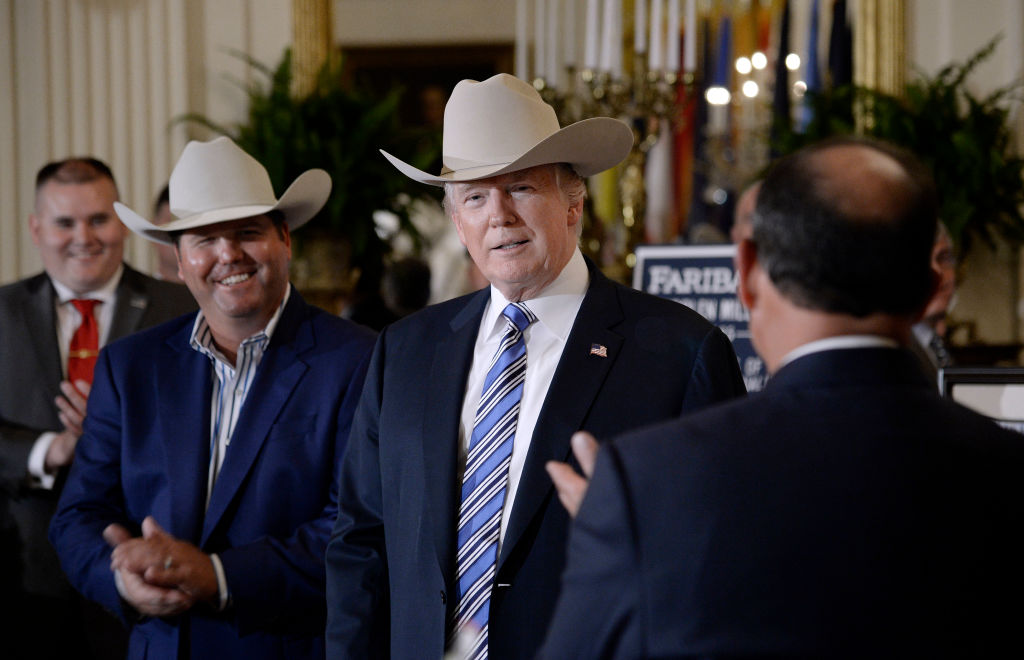
On Monday, President Trump's Office of the U.S. Trade Representative released an 18-page summary of the Trump administration's objectives in renegotiating the North American Free Trade Agreement. The document is the first step in revisiting NAFTA, allowing formal talks with Canada and Mexico to open in as little as 30 days. The summary explicitly states that a U.S. goal will be reducing the trade deficit with Mexico and China, but business groups and free-trade Republicans mostly breathed tentative sighs of relief.
"There's nothing in there that terrifies establishment Republicans on Capitol Hill or the Mexicans and Canadians who'll ultimately be sitting across the negotiating table," says Jonathan Swan at Axios. "In short: Plenty were worried Trump would blow up NAFTA and today's document is the clearest sign they're moving in a more conventional direction." A majority in Congress would need to approve a reworked trade deal.
The proposed areas of renegotiation, many of them vaguely worded, include a new section on e-commerce and the digital economy, new labor and environmental rules, a modified trade-enforcement mechanism, and a section to ward off "currency manipulation." Trump had pledged during the presidential campaign that he would scrap NAFTA, but was dissuaded by map-wielding advisers and coordinated phone calls from the leaders of Mexico and Canada.
The Week
Escape your echo chamber. Get the facts behind the news, plus analysis from multiple perspectives.

Sign up for The Week's Free Newsletters
From our morning news briefing to a weekly Good News Newsletter, get the best of The Week delivered directly to your inbox.
From our morning news briefing to a weekly Good News Newsletter, get the best of The Week delivered directly to your inbox.
A free daily email with the biggest news stories of the day – and the best features from TheWeek.com
Peter has worked as a news and culture writer and editor at The Week since the site's launch in 2008. He covers politics, world affairs, religion and cultural currents. His journalism career began as a copy editor at a financial newswire and has included editorial positions at The New York Times Magazine, Facts on File, and Oregon State University.
-
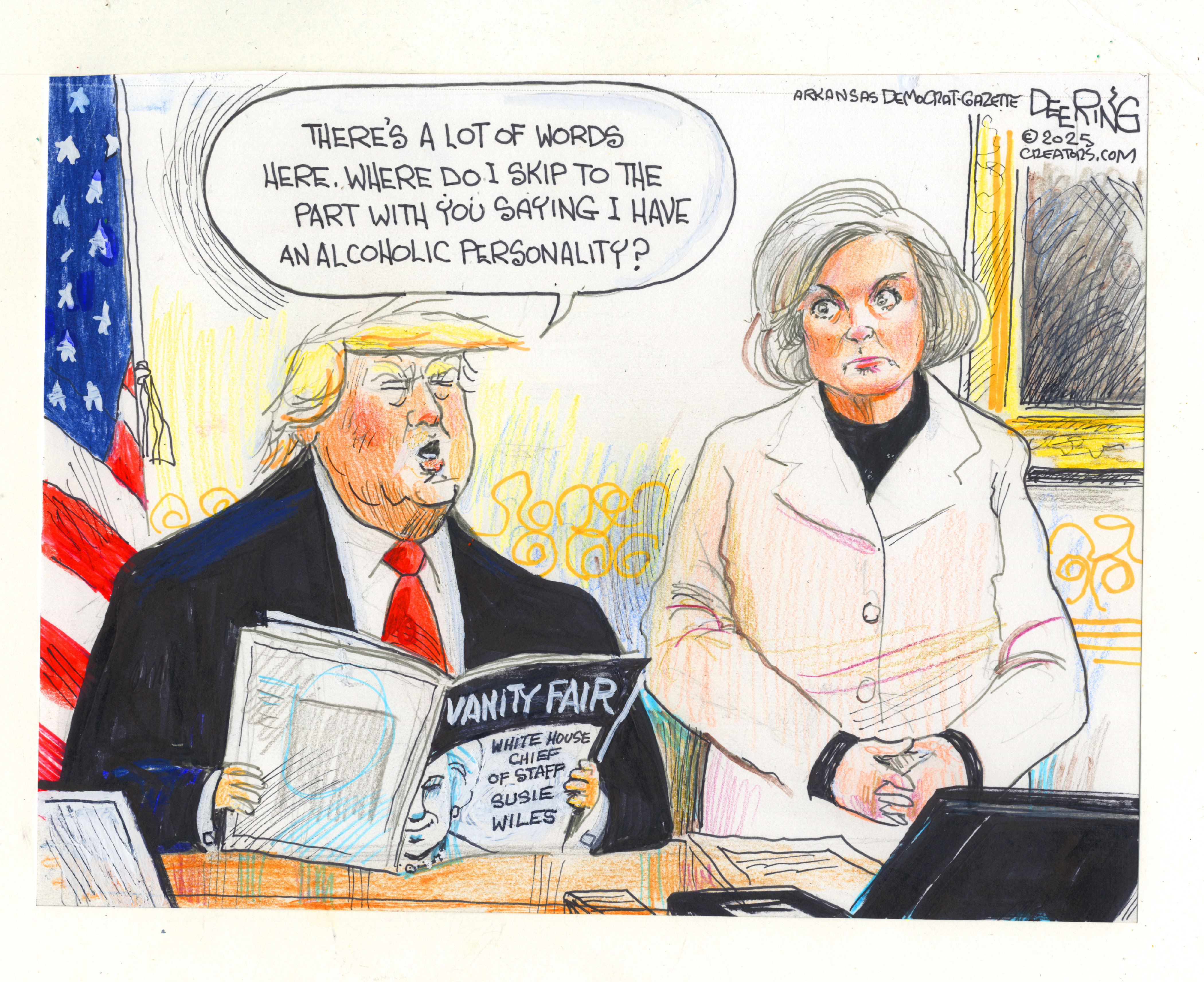 Political cartoons for December 18
Political cartoons for December 18Cartoons Thursday’s political cartoons include Susie Wiles under scrutiny, Venezuela's oil, and more
-
 Bengal Tiger at the Baghdad Zoo: ‘funny, profound, must-see theatre’
Bengal Tiger at the Baghdad Zoo: ‘funny, profound, must-see theatre’The Week Recommends Rajiv Joseph’s ‘engrossing’ tragi-comedy about the absurdities of war
-
 Magazine solutions - December 19, 2025
Magazine solutions - December 19, 2025Puzzles and Quizzes Issue - December 19, 2025
-
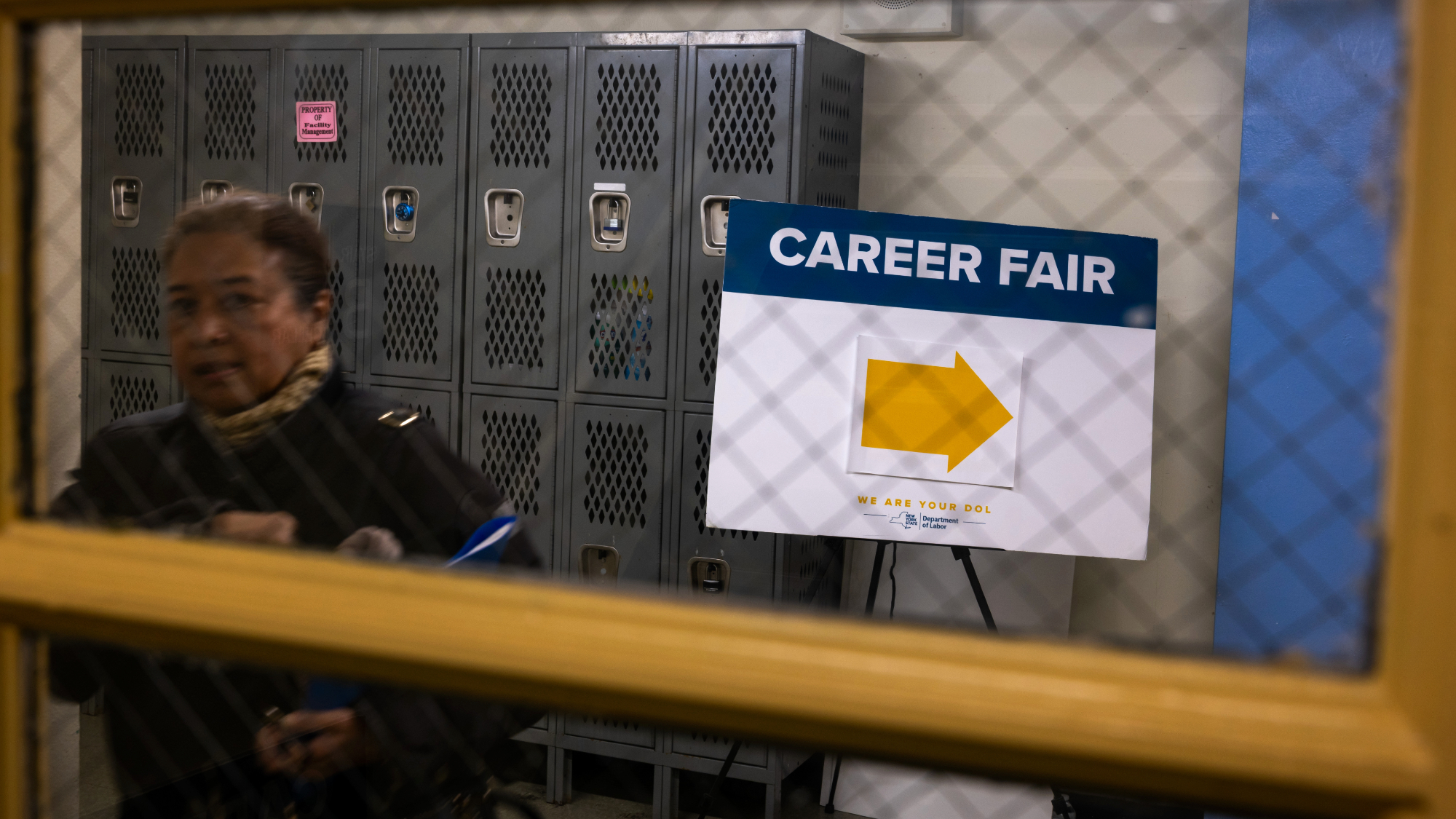 Unemployment rate ticks up amid fall job losses
Unemployment rate ticks up amid fall job lossesSpeed Read Data released by the Commerce Department indicates ‘one of the weakest American labor markets in years’
-
 US mints final penny after 232-year run
US mints final penny after 232-year runSpeed Read Production of the one-cent coin has ended
-
 Warner Bros. explores sale amid Paramount bids
Warner Bros. explores sale amid Paramount bidsSpeed Read The media giant, home to HBO and DC Studios, has received interest from multiple buying parties
-
 Gold tops $4K per ounce, signaling financial unease
Gold tops $4K per ounce, signaling financial uneaseSpeed Read Investors are worried about President Donald Trump’s trade war
-
 Electronic Arts to go private in record $55B deal
Electronic Arts to go private in record $55B dealspeed read The video game giant is behind ‘The Sims’ and ‘Madden NFL’
-
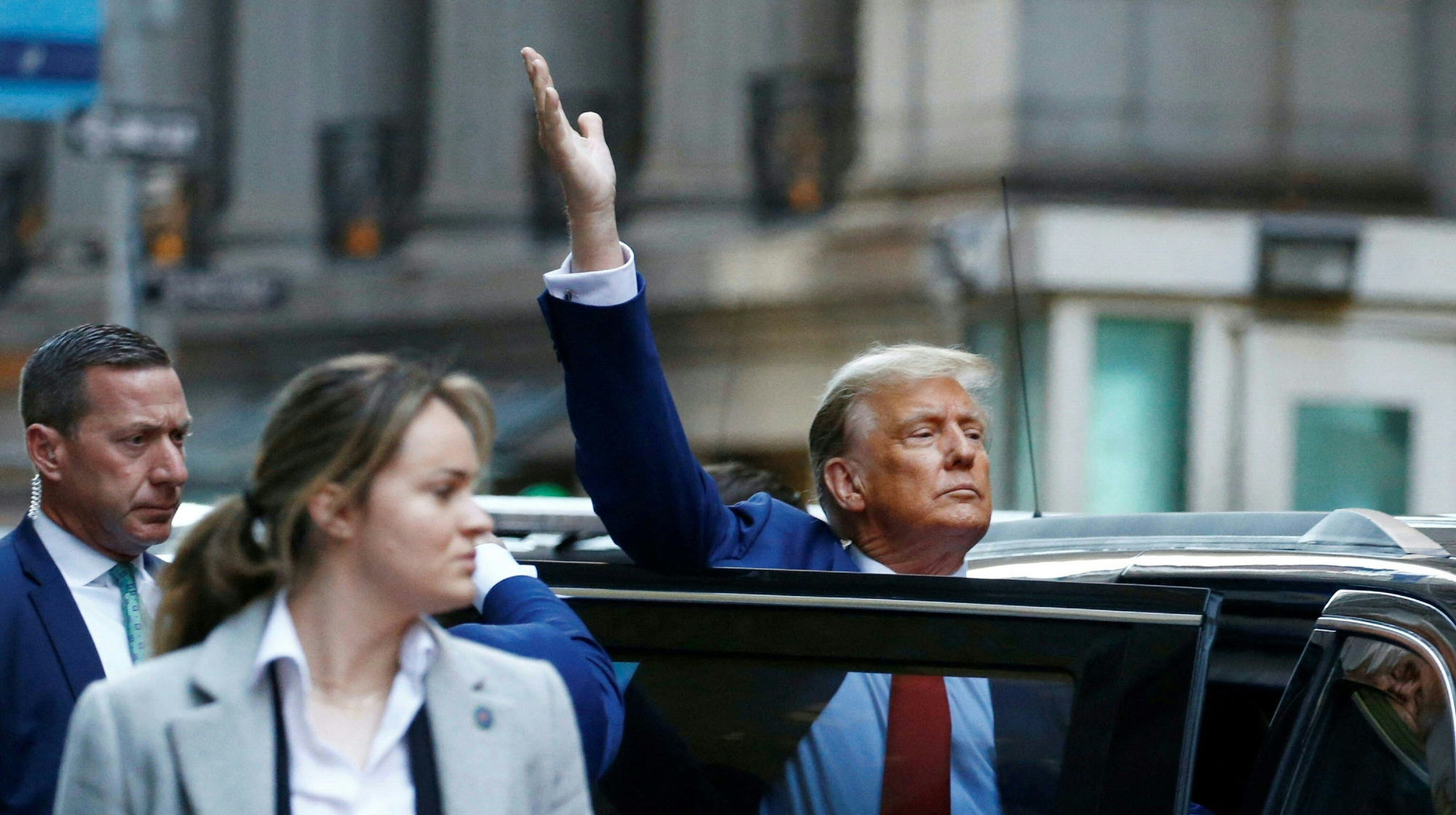 New York court tosses Trump's $500M fraud fine
New York court tosses Trump's $500M fraud fineSpeed Read A divided appeals court threw out a hefty penalty against President Trump for fraudulently inflating his wealth
-
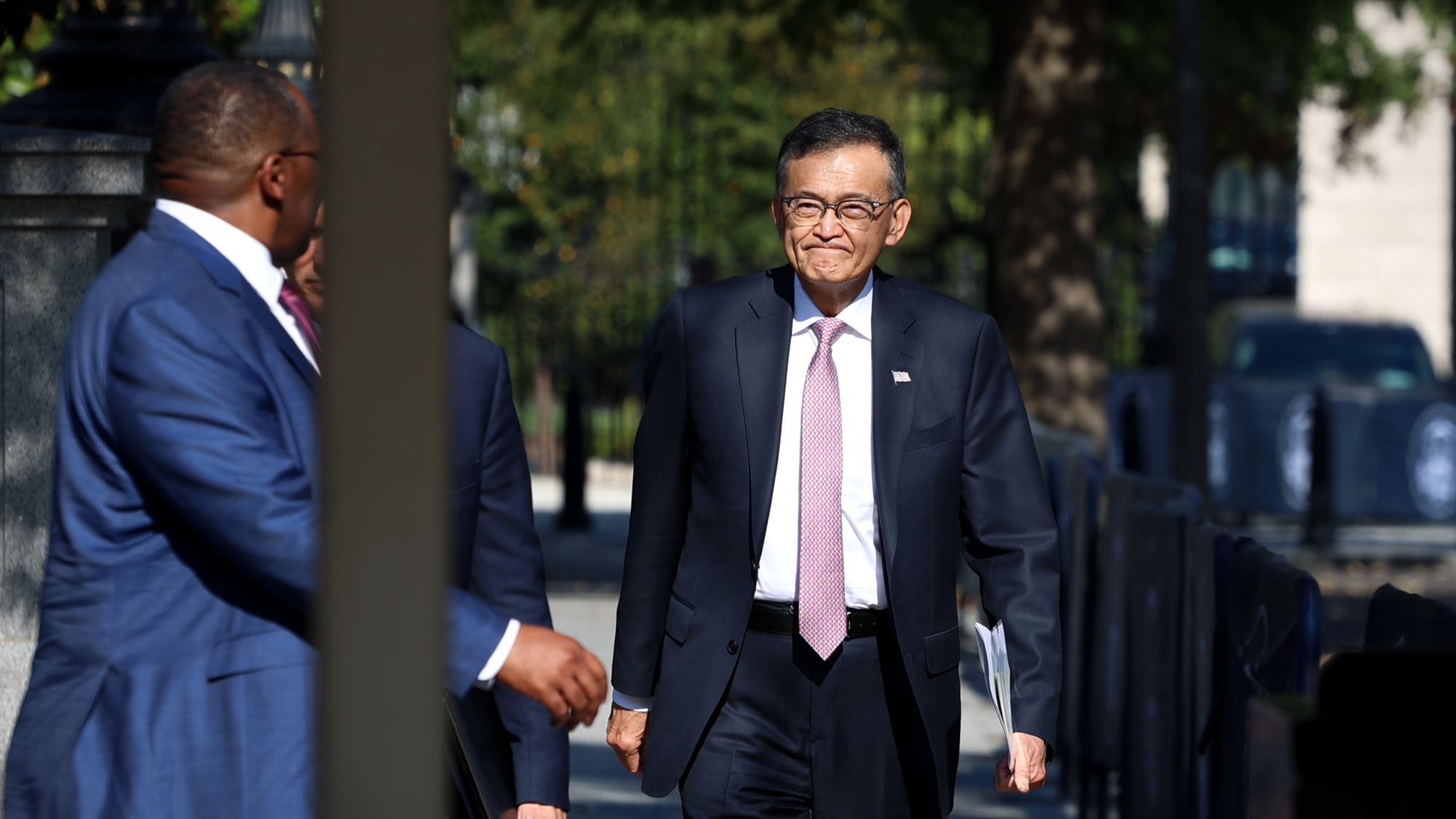 Trump said to seek government stake in Intel
Trump said to seek government stake in IntelSpeed Read The president and Intel CEO Lip-Bu Tan reportedly discussed the proposal at a recent meeting
-
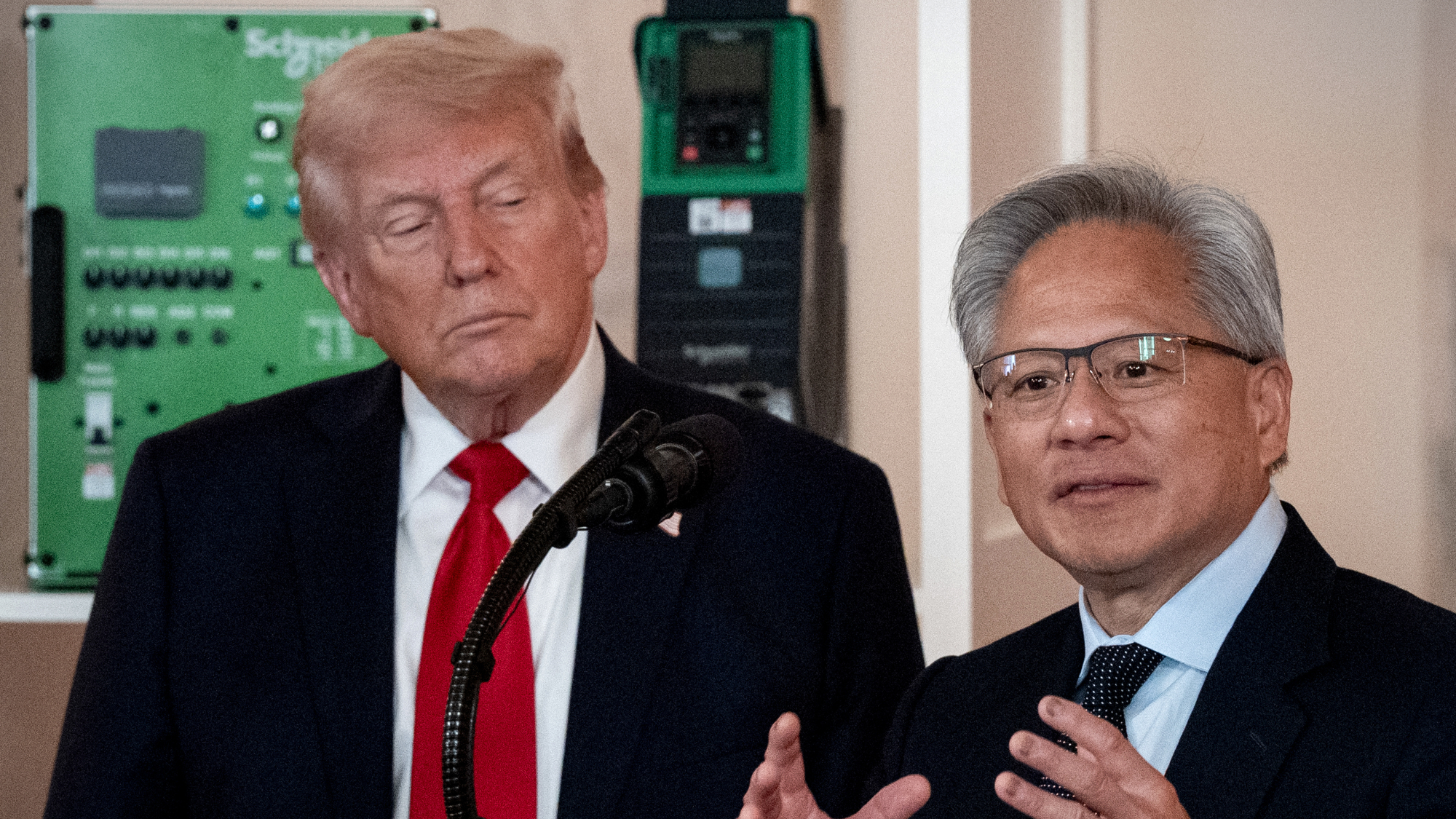 US to take 15% cut of AI chip sales to China
US to take 15% cut of AI chip sales to ChinaSpeed Read Nvidia and AMD will pay the Trump administration 15% of their revenue from selling artificial intelligence chips to China
